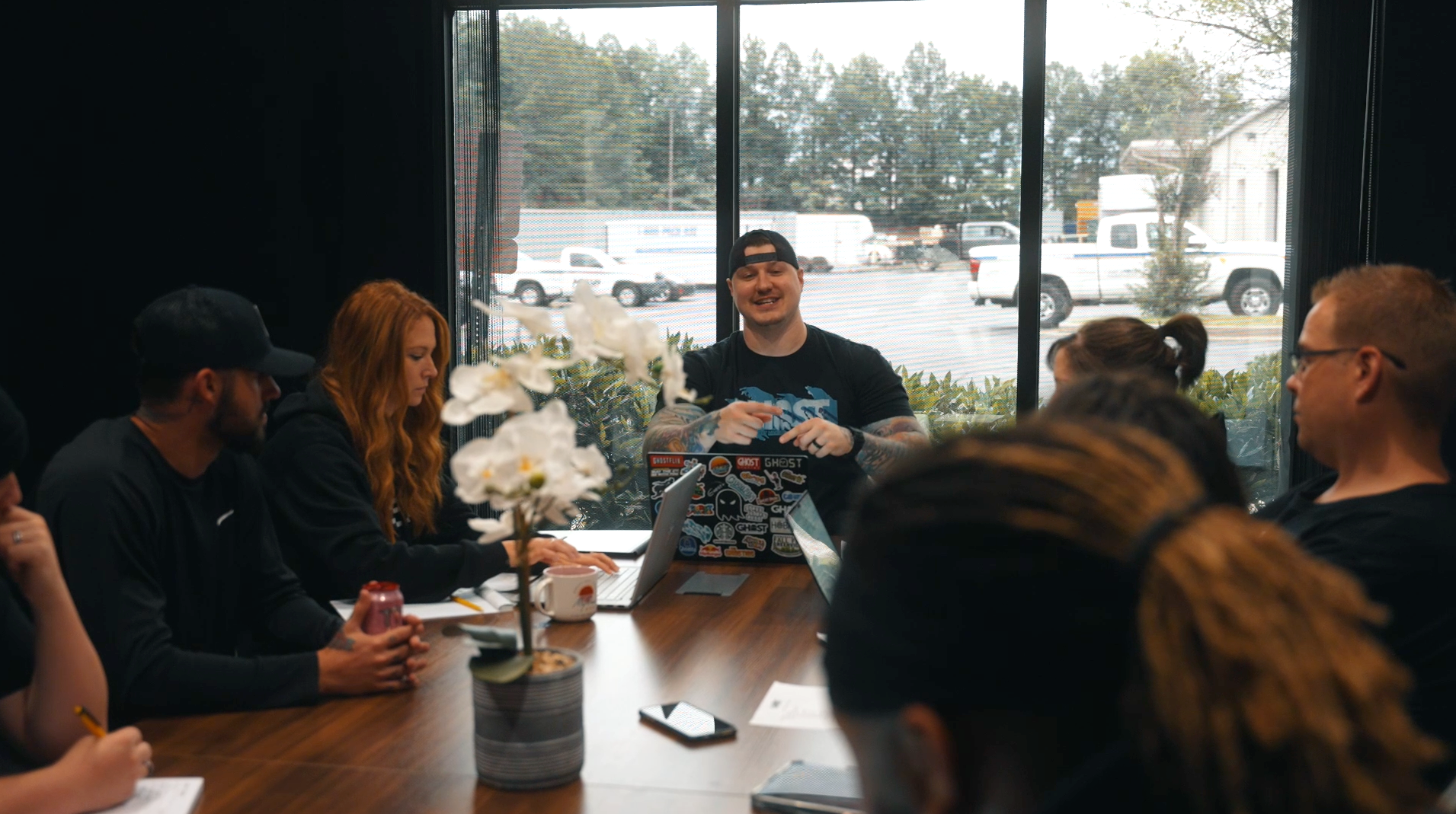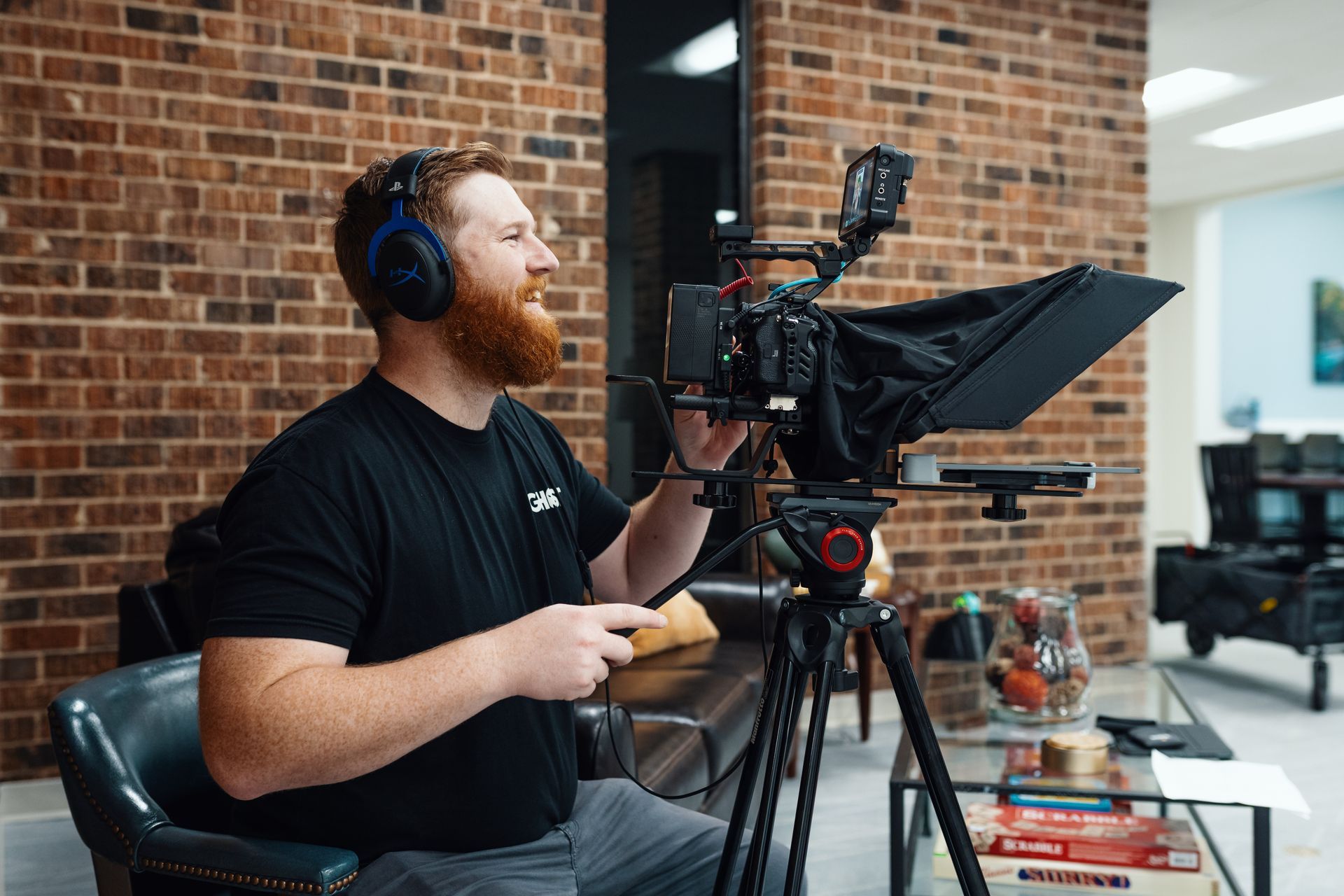Getting Started with SEO Series: Creating Unique Content
An Introduction to SEO: Creating Unique Content

Creating Quality Content
SEO, as you know by now, stands for search engine optimization. It’s the process of crafting a website so that search engines such as Google will find your site, put it in its database of websites, and display links to user queries that it thinks are most relevant. These three steps are called crawling, indexing, and ranking.
There are a lot of bits and pieces that crawlers (sometimes called spiders) look at when crawling the internet to find information. From something as simple as your URL architecture to the keywords you use in your copy, you can do plenty of things to improve your SEO strategy and boost your rankings.
Let’s talk a bit about content. We’ve said it before, and we’ll say it again: Content is king. Google will crawl sites (and frequently return to those sites) that update their content regularly. Having well-written, relevant content that users find relevant to their query can help boost your presence on search engines. Your content should be informative and relate to a potential question.
There are four main types of search intent that you can target:
- Navigational (searching for a specific site)
- Informational (searching for information on a topic)
- Commercial (searching for product options or information on products)
- Transactional (searching for a particular product or brand)
If you create content with one of these search intentions, you can narrow your target. For example, if someone has an informational query, they’ll use words such as “what is,” “how to,” or even “tutorial.” For a commercial search, a user may look for product reviews, the cheapest price options, or product comparisons. Navigational searches aren’t typically valuable for targeting, mainly because users want to go directly to their desired website. The same commonly goes for transactional searches — users are ready to purchase the product they’ve already researched.
On the flip side, you don’t want your content to come across as stiff (like it’s written for search engines). It should flow well and read like it’s intended for people. Focus on the quality of the content rather than stuffing keywords.
How Do I Optimize My Content?
So, now that we’ve established the importance of writing for readers over writing for search engines, you might be asking: How exactly do I do that? While going through this list, you should consider Google’s latest acronym for ranking pages: EEAT (experience, expertise, authority, trust).
Here are our top tips for creating quality, people-first content:
- Write with a few planned keywords.
We want to stress the word
few. This does not mean you should keyword stuff. It’s an outdated practice, and Google may penalize you for doing so. When you practice keyword stuffing by using too many keywords and phrases, the writing comes across as stiff and clunky. However, that doesn’t mean you shouldn’t use any keywords. Work your keywords into phrases or sentences that flow well. Rather than putting in “burger restaurants in Greenville,” try a well-worded term such as “We have some of the juiciest burgers topped with only the best custom add-ons, such as cheese, lettuce, tomato, and more. Can you put together the best burger in the Upstate?”
- Don’t be short-winded.
Google tends to see longer articles as more informative and more in-depth. A good word count to aim for is around 1,000 - 2,000 words. It’s not a hard and fast rule for Google, but longer articles are usually more informative for readers. Not only that, crawlers usually favor longer content, as it has more material for them to crawl and analyze. Yes, we get that longer content can take more time to create. We recommend writing longer articles and mixing them in with shorter content.
- Use short-tail keywords with long-tail keywords.
What’s the difference between them? Short-tail keywords are shorter phrases more likely to be queried in a search engine. Long-tail keywords are just as the term sounds: longer keyword phrases that are more specific but less likely to be searched. For example: “SEO tactics” would be a short-head keyword, while “SEO tactics for beginners” would be a long-tail keyword.
So, why do you want both? Short-head keywords will cast a broader net, making you more likely to appear in search results. By adding long-tail keywords, you can target people closer to finding or buying a particular product and bring them directly to your site.
- Use secondary keywords.
Secondary keywords support your primary keyword. Using a keyword planner, search for your primary keyword. Then, look through the list of keywords related to your search and find ones that will fit into your content to boost the relevance of your page. For example, if your main keyword is “dog food,” you may want to use a secondary keyword (or phrase) such as “for small dogs” or “for diabetic dogs.”
- Understand what your audience is looking for.
Posting well-written articles is one thing. Posting well-written articles relevant to your audience takes it to a whole new level. If you’re a business that specializes in pet grooming, you don’t want to start posting articles about food. You want to create content that relates to pets and pet grooming. Try writing an article about the best tools for grooming a long-haired dog or an article with tips about keeping your dog calm while at the groomer.
- Utilize optimized metadata.
Be sure to optimize your titles (bits of HTML code that define the page title for search engines) by using your keyword within them — title tags are shown to be a critical ranking factor. Remember that title tags are also a significant factor in what links users will look at. If the title is relevant to their search, they are likelier to click on it.
Metadata (sometimes called meta descriptions) is another HTML tag on SERPs below your page’s title. While it’s not as prominent for crawlers, it is important to users. The meta description tells users what the page is about — beyond what the title tag says. Keep it short (mobile devices usually cut off metadata after 120 characters or so). Use active voice, as it’s better for clear communication, and be sure to include a strong CTA.
- Utilize a hierarchy of headers.
Headers (H1, H2, and H3 tags) are great for breaking up your content and improving readability. Headers are an excellent opportunity to create fun, engaging content that will encourage your users to keep reading by breaking up content into smaller, more easily digested parts.
We’ll say it again, with one modification:
Quality content is king. It should be helpful, informative, and fun for visitors to your website. Include a strong CTA (Call To Action) to draw your readers to your service or product.
Still struggling?
Still trying to work on your website and content creation? Let Ghost Brands help! We specialize in a wide range of services, including marketing, branding, SEO, content creation, and production. Our team of experts can help you build and maintain a website that looks great and is functional and optimized for search engines. Contact us today to learn what we can do for your business!




















